Adding Inclusions to Sourdough Artisan Bread
There’s nothing quite like the taste of sourdough artisan bread. The crispy crust and soft, hole-filled interior make it a favorite in my family. Sometimes, however, I like to enhance the flavor even more by adding inclusions to sourdough artisan bread. Whether sweet or savory, inclusions can take a loaf of sourdough artisan bread to the next level. Some of my favorites include pecans and cranberries, herbs and lemon zest, or jalapeno and cheddar. In this article, you’ll learn how to add inclusions to your sourdough artisan bread to create a delicious and unique loaf.
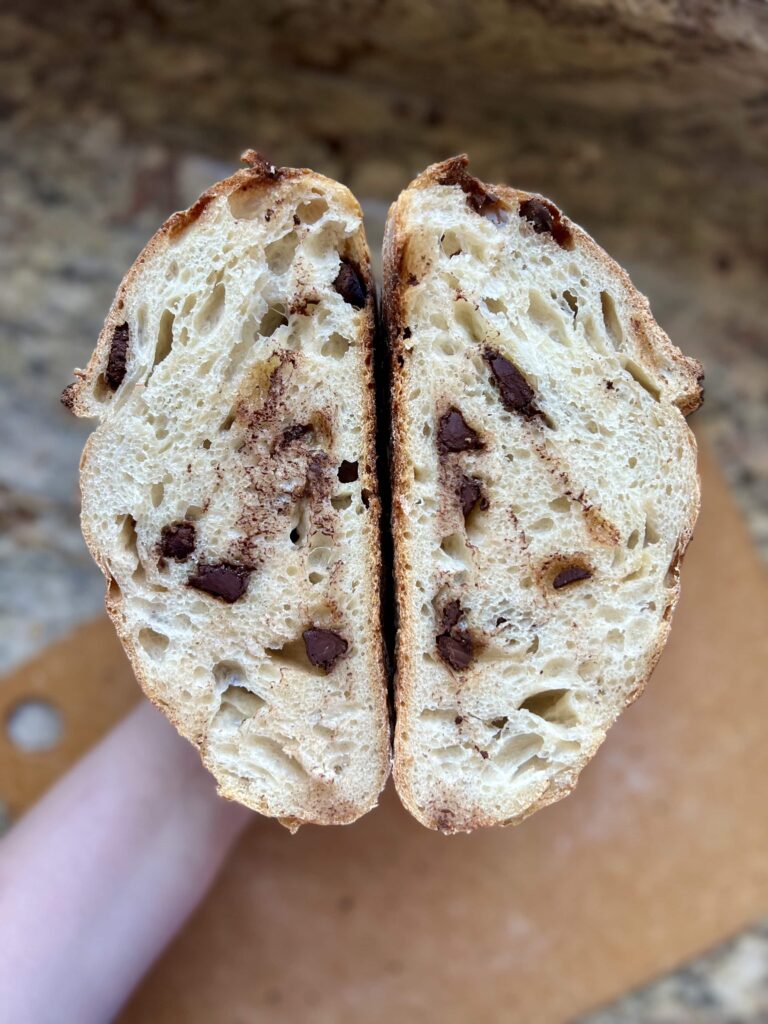
When to Add Inclusions to Artisan Bread
Adding inclusions to sourdough artisan bread is a great way to enhance the flavor, but it’s important to know when and how to add them. I typically choose one of the following options when adding inclusions to artisan bread:
- Add them in during the stretch and folds
- Laminate them in, taking the place of a stretch and fold
- Laminate them in at the end of bulk fermentation, right before shaping
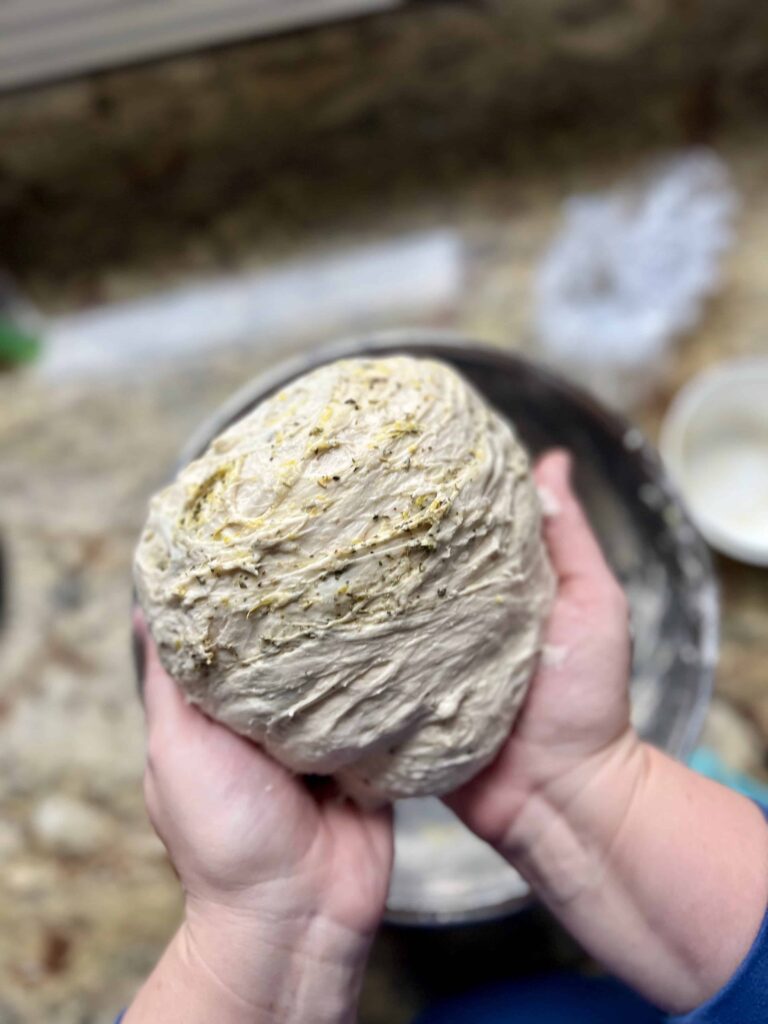
Adding Inclusions During Stretch and Folds
This is probably the method I use the most. I like to give the gluten strands time to develop through the first stretch and fold and then add inclusions right on top of the dough during the second set of stretch and folds. Sprinkle the inclusions on top of the dough and gently stretch and fold the dough a few times until they are incorporated. If you do this early enough in the stretch and fold process, the inclusions will be easily spread throughout the dough. Some of my favorite inclusions are: shredded cheese and jalapeños, dried fruit and nuts, caramelized onion and cheese – the possibilities are endless! Example video here.
Adding Inclusions During Lamination
Adding inclusions to sourdough artisan bread using the lamination method is another way to add inclusions to sourdough artisan bread. You can either replace a stretch and fold with this lamination process OR you can laminate the dough at the end of the bulk fermentation. To laminate, stretch the dough very thinly on your countertop. Spread your inclusions over the dough and fold up, adding a few more inclusions as you go. Continue with the artisan bread recipe, bench resting, shaping and cold fermenting. I especially like the lamination method if I’m adding any sugar or cinnamon to the dough. Sugar absorbs the water in the dough making it fairly messy and cinnamon slows down the fermentation process. Be careful when adding both these ingredients to dough. Watch example video here.
Baking Sourdough Artisan Bread with Inclusions
After you shape your artisan bread, make sure none of the inclusions are popping out of the dough. If they do, just remove the inclusion or stick it back into the dough or on the underside of the dough. This keeps the inclusion from burning when you bake at a high temperature. Bake at the temperature directed by the recipe you are using.
Looking for Great Sourdough Recipes with Inclusions?
Frequently Asked Questions
Chocolate and cinnamon chips can melt in dough that is warm. I prefer adding them in at the end of bulk fermentation to keep them from melting, right before the cold ferment. And if you haven’t tried bittersweet chocolate chips in artisan sourdough…do it. Now 🙂
Most fruit, nuts, cheese, herbs and vegetables work in sourdough artisan bread. Try whatever flavor combinations you’d like! I do recommend that you are careful about adding more moisture to the dough through your inclusions. For example, use dried or soaked fruits instead of juicy or frozen fruits-they can adversely affect the water content in the dough.
New to Sourdough? Check out my Sourdough Beginner Guides here:
Sourdough Starter Ratios
How to Replace Yeast with Sourdough Starter
How to Add Sourdough Discard to Any Recipe
Adjusting the Sour Flavor in Sourdough Bread
Sourdough Frequently Asked Questions
Beginner Guide: How Temperature Affects Sourdough
Sourdough Artisan Bread Guide
Want more in-depth Sourdough instruction?
Check out my online sourdough classes or take a class in person.

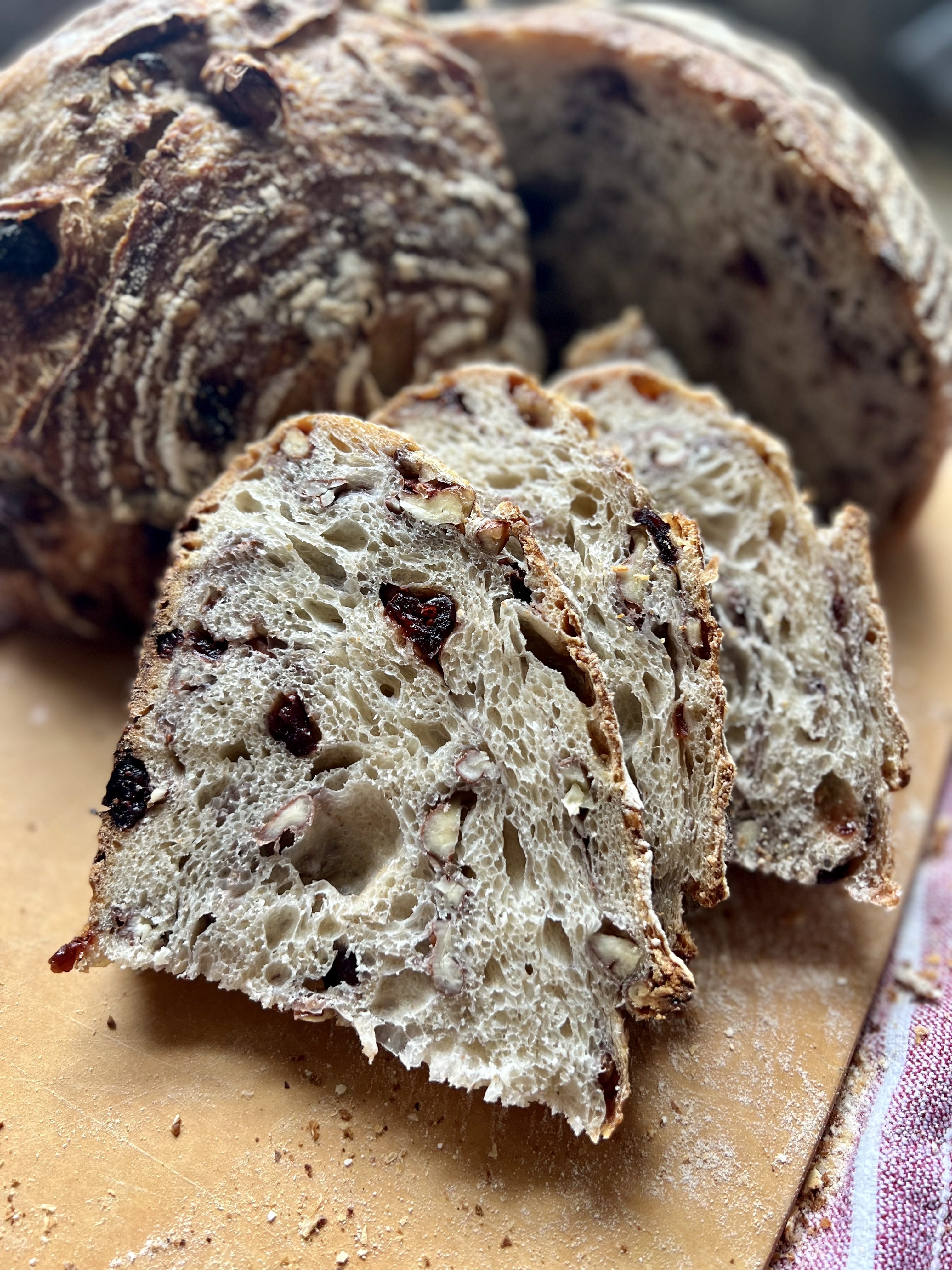
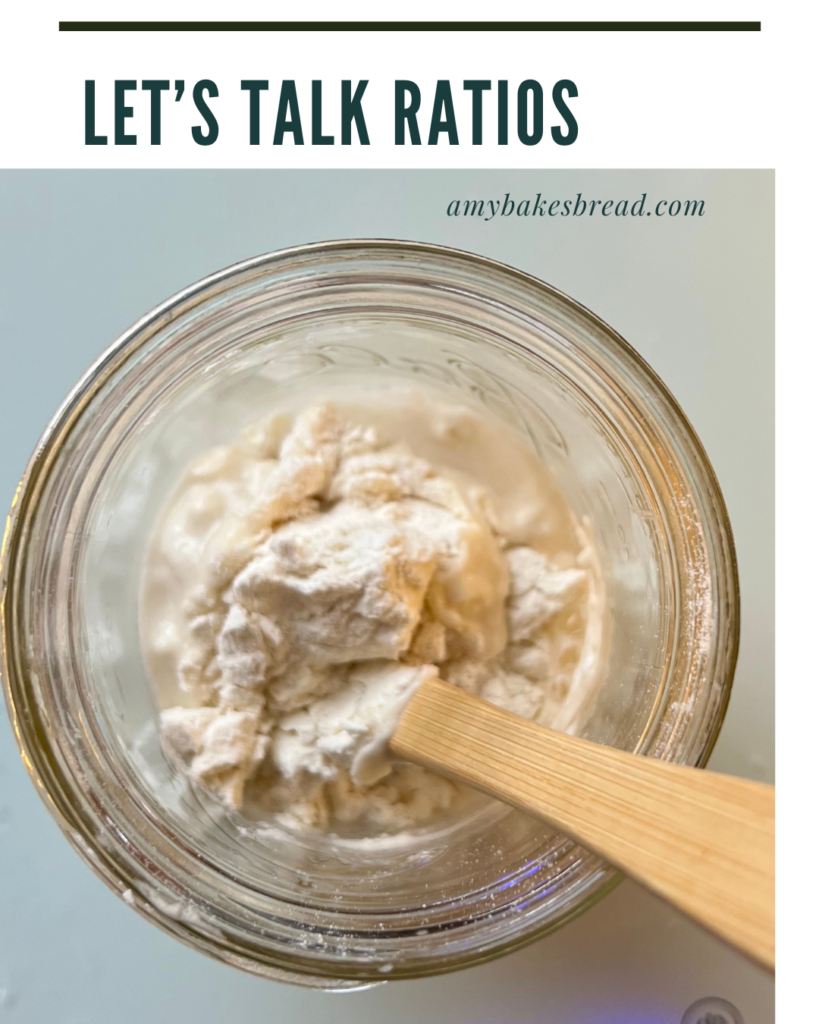
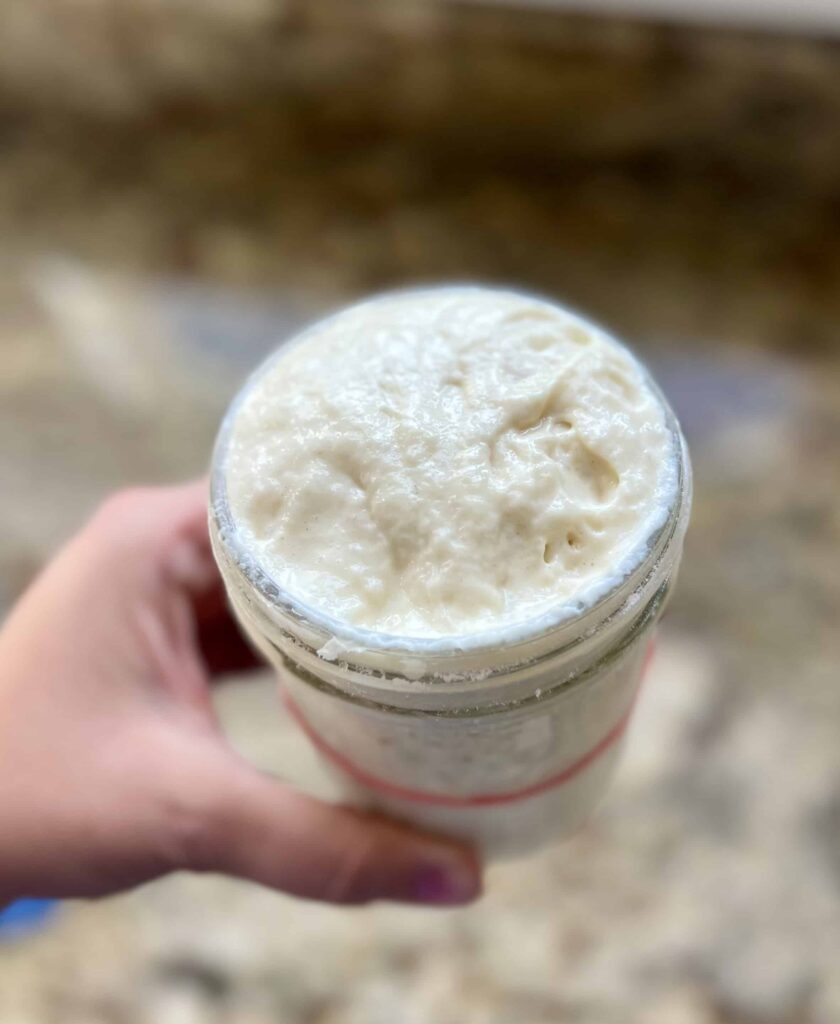
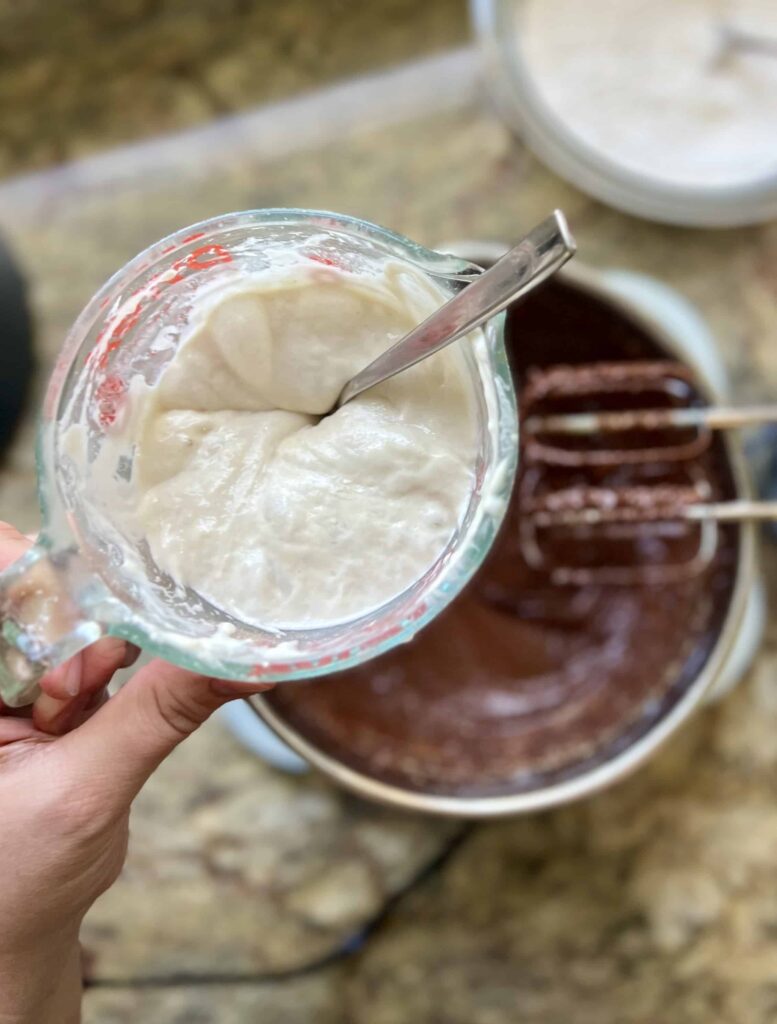
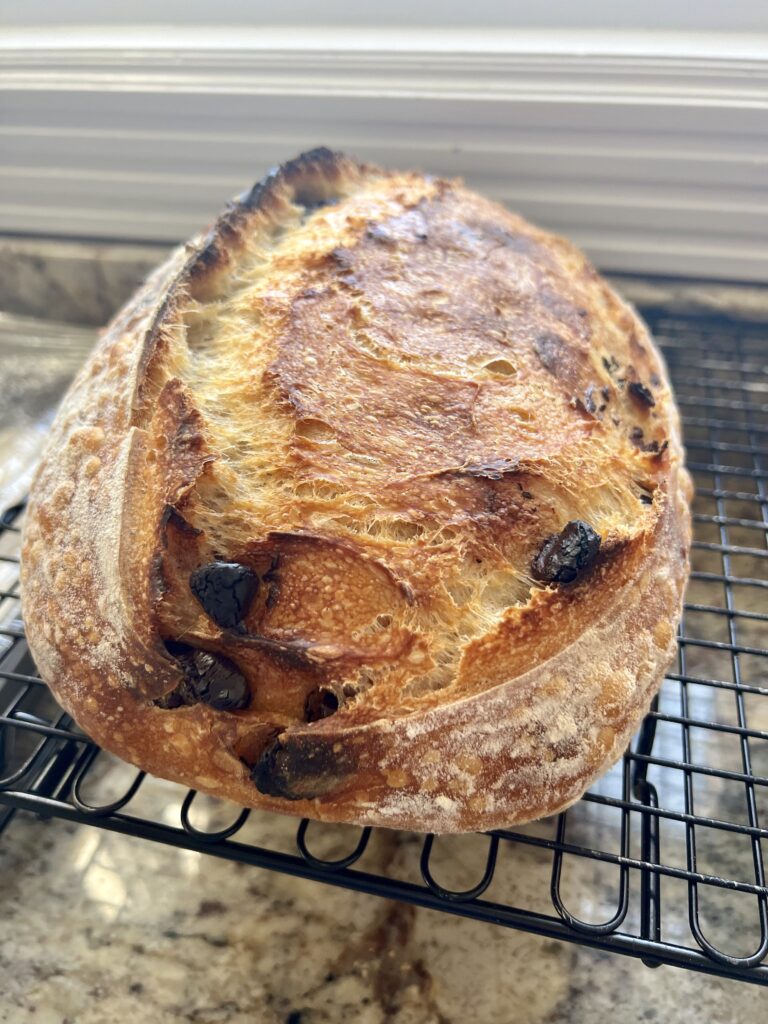
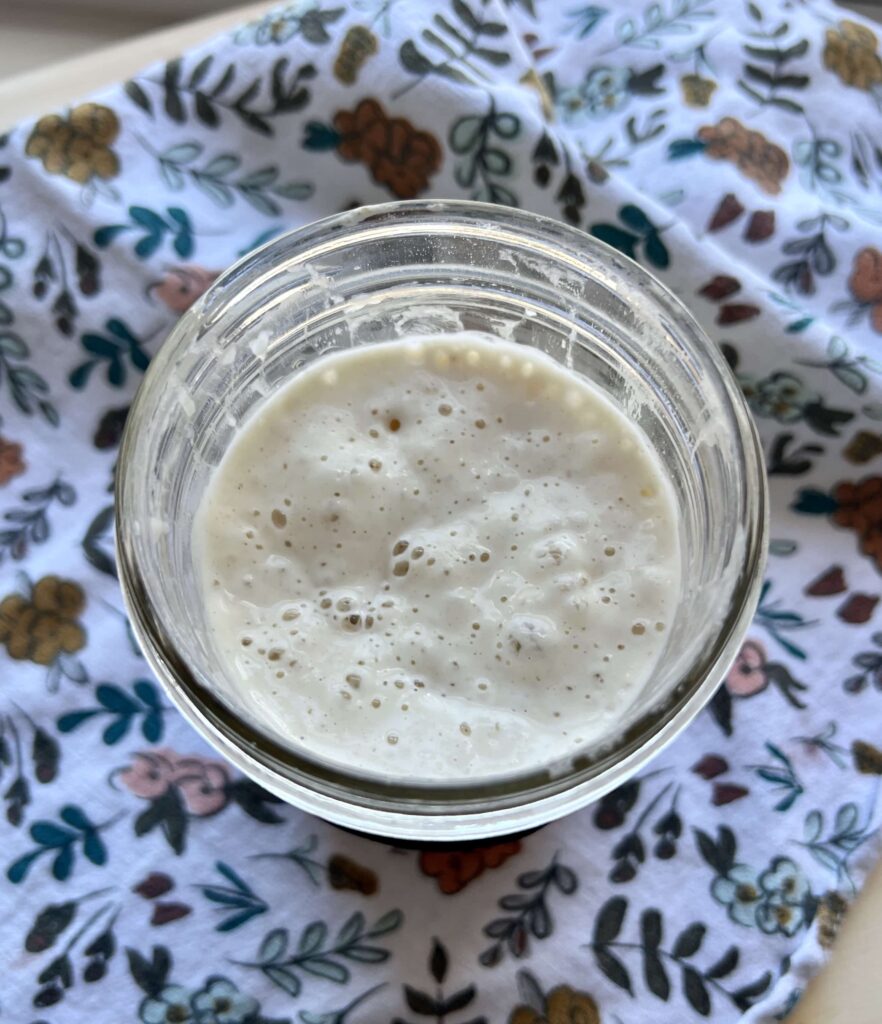
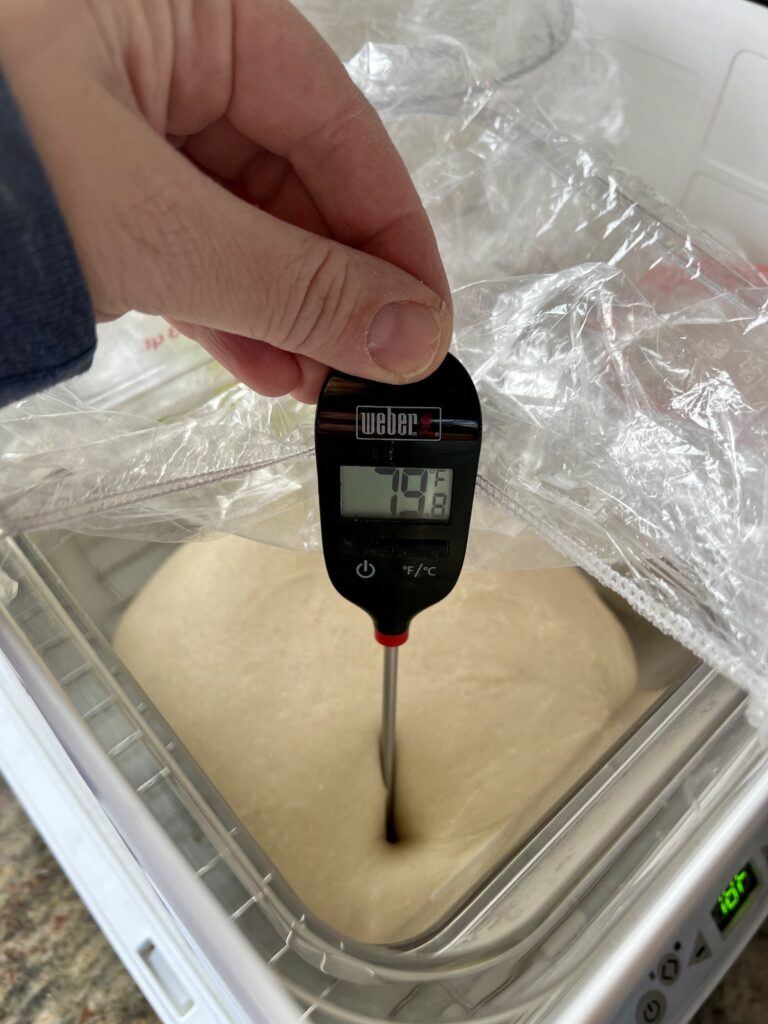
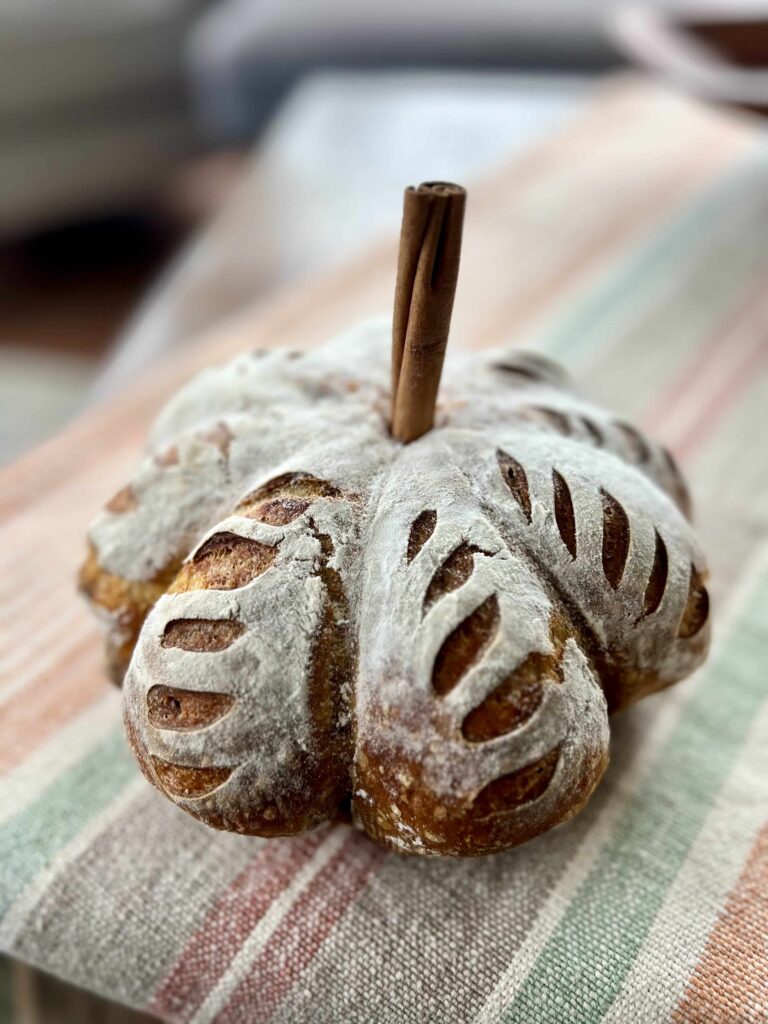
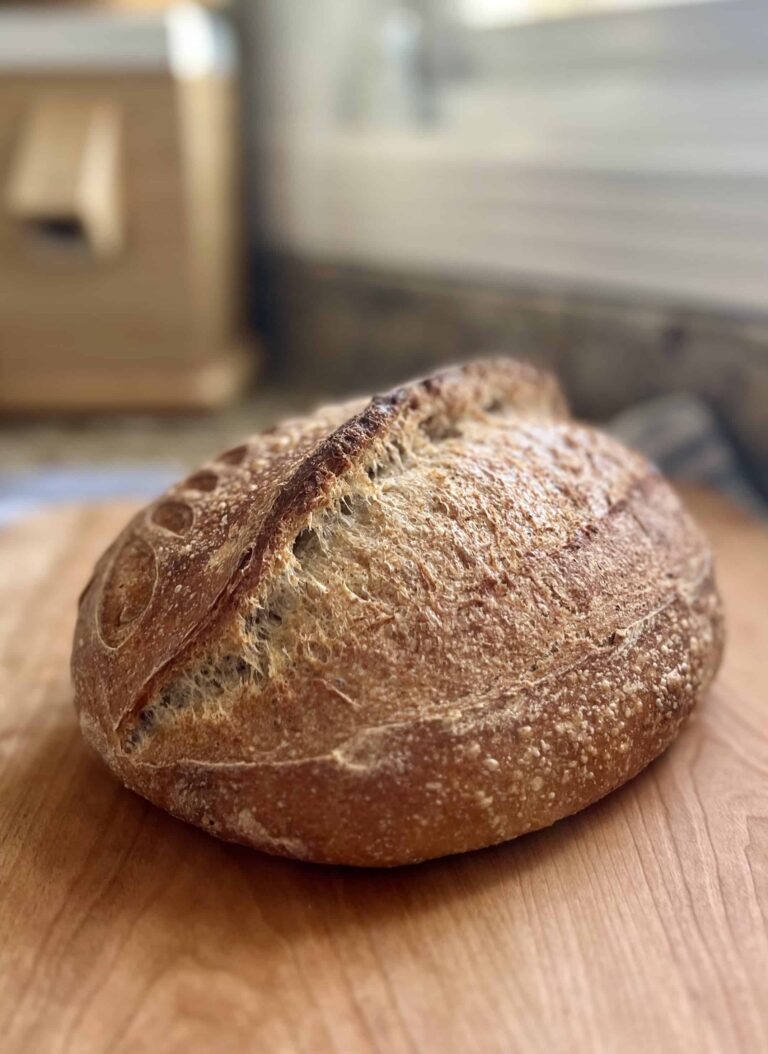
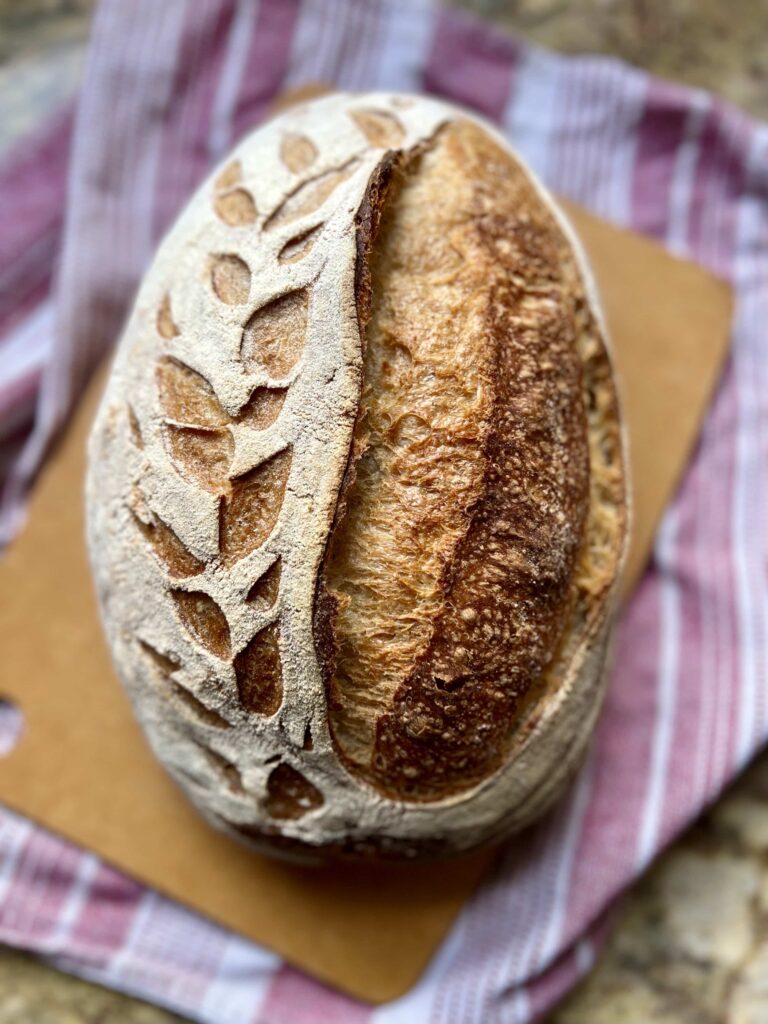
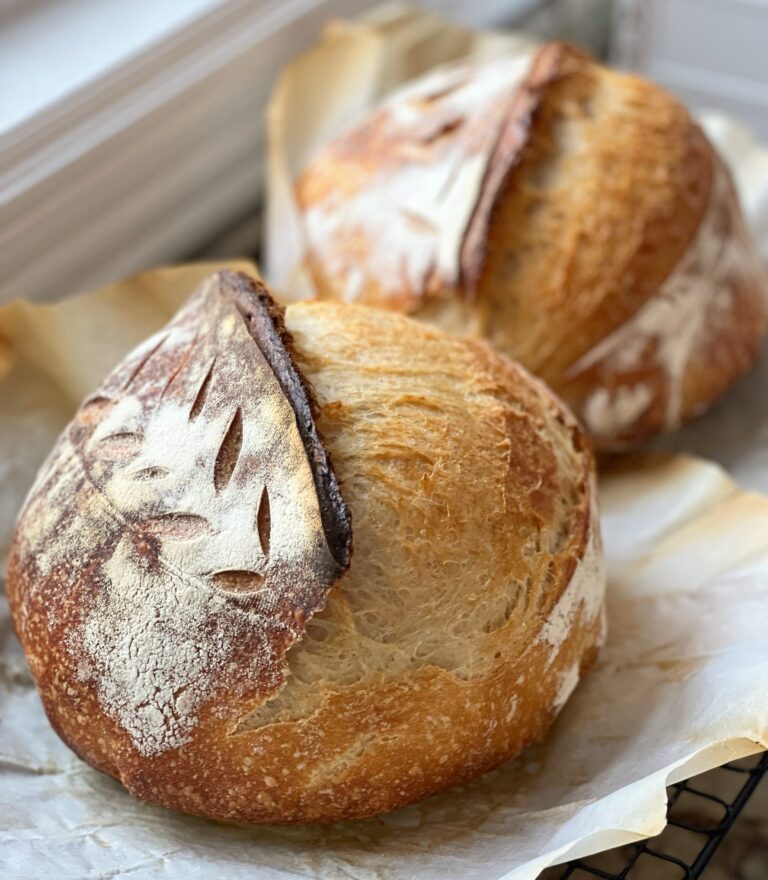
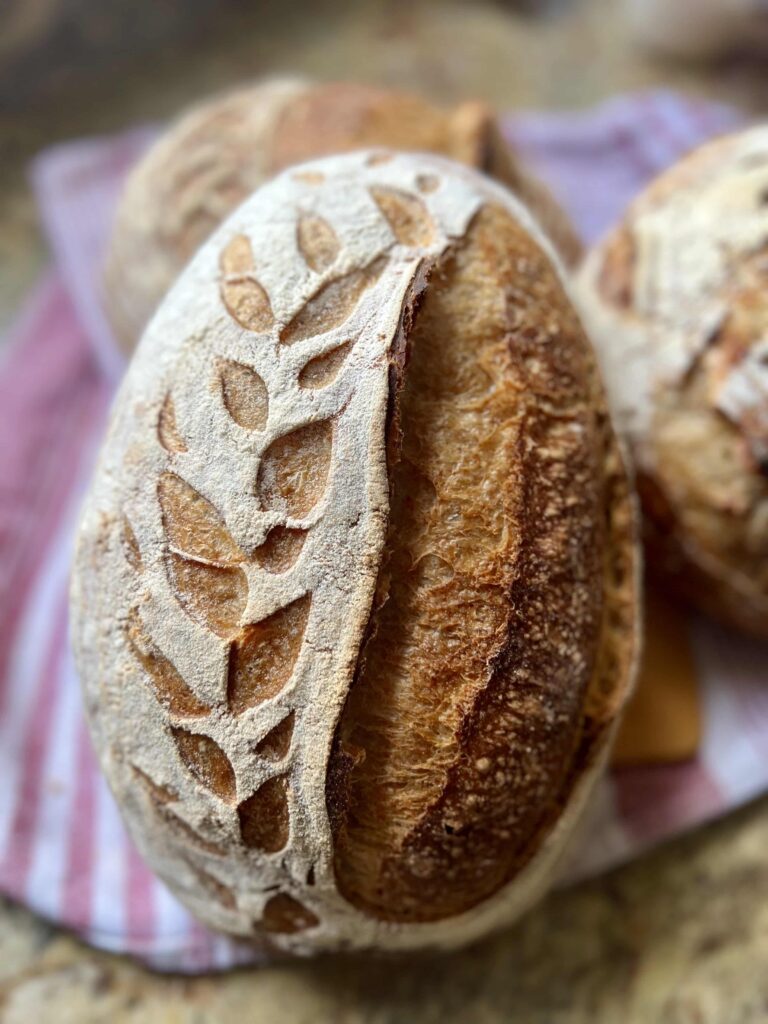
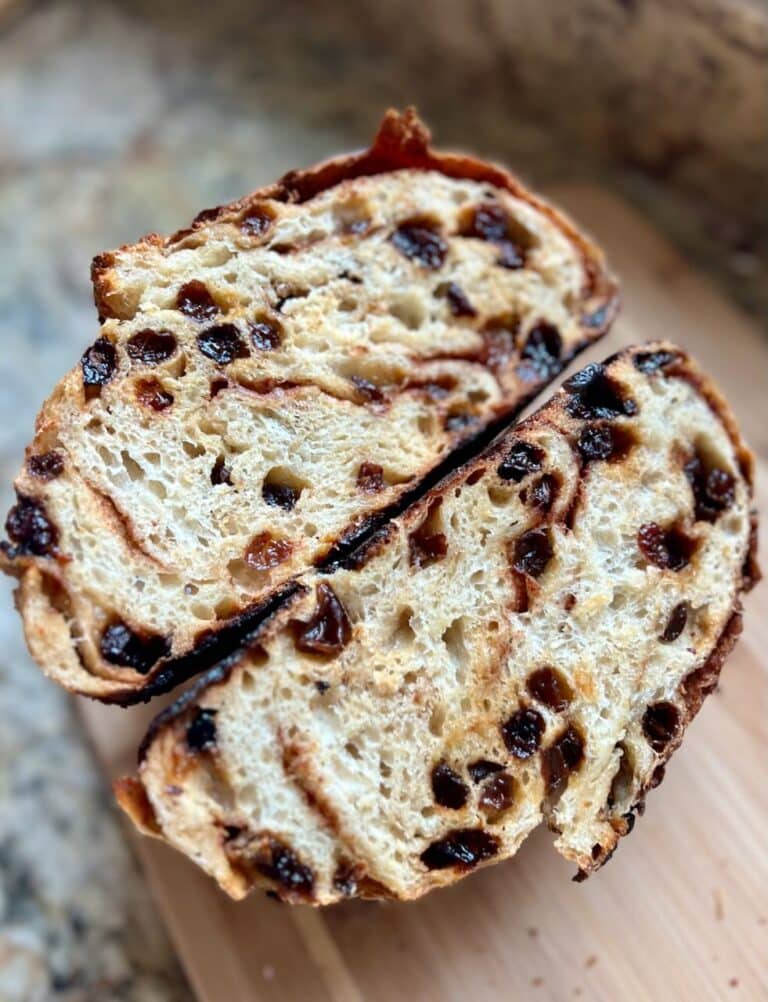
One Comment